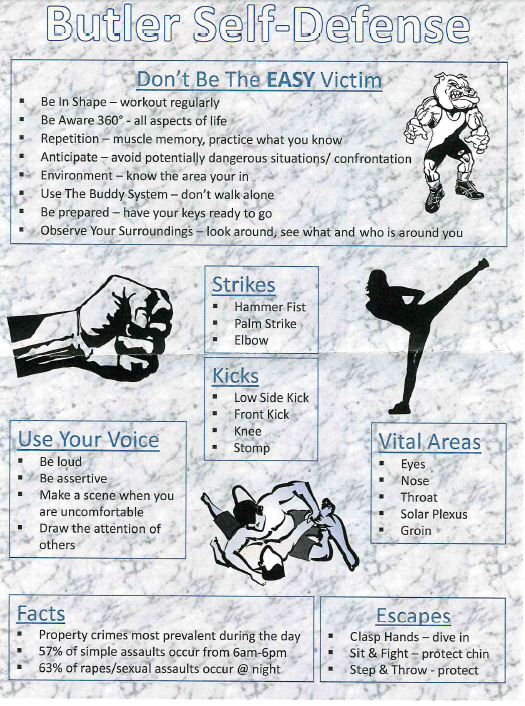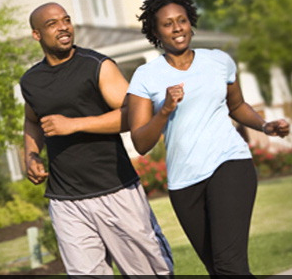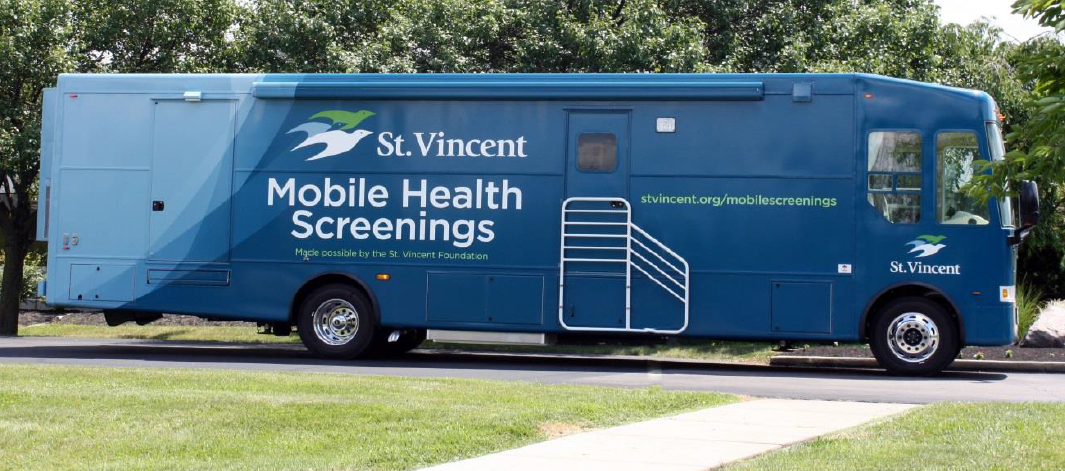
See the link below for access to variable levels for differing body workouts. This link accesses a beginning biceps stretch.


See the link below for access to variable levels for differing body workouts. This link accesses a beginning biceps stretch.
Wednesday, April 18, 2018
Noon-1 PM
Atherton Union Room 326
Staff and faculty, please join us for a discussion on what constitutes probiotics, how probiotics work, and their proposed mechanism of benefit. Also discussed, will be the available evidence for use of probiotics in various disease states. Bring your lunch and learn with us! Door prizes awarded. Contact Healthy Horizons to Register at healthyhorizons@butler.edu or by phone at X8143.
Speaker: Kacey Carroll, PharmD

Thank you to the Health and Recreation Center Staff for today’s submission!

Meeting deadlines, taking the kids to school, going to the grocery, cleaning the house, exercising, laundry…the list seems to go on and on. Does this sound familiar? Prioritizing your health and time for self-care is crucial when it comes to keeping your stress levels down and energy levels up. When it seems like there is too much on your plate, your brain can sense your stress levels. Stress causes your heart rate and blood pressure rise, and your muscles to tighten. Feelings of stress that continue for long periods can have a detrimental effect on the body.
One proven way to reduce stress, calm your mind and relax is massage therapy. The Butler HRC has 5 licensed massage therapists onsite who offer 60 and 90-minute sessions. Massage techniques offered include deep tissue, thai yoga, sports, Swedish and trigger point. Schedule an appointment before work, during lunch or after work to help relax your mind, increase circulation, and decrease muscle tension. You will feel rejuvenated and ready to take on your to-do list! For more information regarding pricing, scheduling and our massage therapists, please visit https://www.butler.edu/massage.
 Cheating on your diet or exercise plan? Struggling with self-control or impulse choices? Science shows that willpower can get depleted! Learn how you can strengthen it and increase your ability to resist temptation.
Cheating on your diet or exercise plan? Struggling with self-control or impulse choices? Science shows that willpower can get depleted! Learn how you can strengthen it and increase your ability to resist temptation.Your willpower may be an exhaustible, finite resource. It may be used up over the course of a day in lots of tiny ways. This is called ego depletion.
Research by social psychologist Roy Baumeister and others suggests that if someone initially resists a temptation like warm chocolate chip cookies, the person is then less capable of resisting another willpower challenge or making a difficult decision.1,2
Translation: Doing something tough may use up some willpower, which makes resisting temptation super hard.
Ok, so what can you do about this depletion? Don’t fret, here are some simple strategies to level up your willpower.
In other words, using the first letter of each of these strategies, A-B-L-E, be able! Using your willpower doesn’t have to use up all your willpower.
Which willpower boost are you going to try next time you’re in a logic vs. emotion throw-down?

Spring is good for kite-flying for three reasons: It’s pleasant outdoors, there’s usually a breeze, and the trees don’t have too many leaves. Leaves block the wind.
This, according to the Hoosier Kitefliers Society, whose members would know since they fly kites year-round, even in February on frozen lakes. (The next HKS event, a choreographed-to-music exhibition by internationally known fliers, is 11 a.m. to 3 p.m. April 30 in Shipshewana, Ind.)
What the fliers look for, optimally, are flat, grassy, open spaces.
Here are seven such spots, some of which are on private property, so you’ll need to ask permission:
Fort Harrison State Park
This is a former U.S. military base located on Indy’s northeast side.
Sahm Park
Plenty of room to let out the line here.
Garfield Park
Indy’s oldest city park, on the south side, in a part of town that’s getting increasingly hip.
Zionsville United Methodist Church
9644 Whitestown Road, Zionsville
Kite enthusiasts on Indy’s northwest side will want to try this spot.
Northwestway Park
This northwest-side open space also is a haven for disc golfers. It and kiting can co-exist.
Soccer field next to Colts Complex
If you fly here, you may get a glimpse of Andrew Luck or some other athlete coming and going.
Washington Township Park (near the amphitheater)
Fly your kite among people fishing in stocked ponds and playing sand volleyball.
https://www.indystar.com/story/life/2016/04/23/7-great-places-indy-area-fly-kite/81644726/

Ergonomics is the practice of fitting the job to the worker. This includes avoiding tasks that may lead to injuries. “Ergonomists have examined a number of jobs where there have been a high incidence of [musculoskeletal disorders], and have found some common elements present in each of these jobs, which are associated with these injuries,” the Washington State Department of Labor and Industries states. “These elements are called risk factors, because exposure to them increases the chance that a worker will become injured.”
Here are five ergonomic risk factors to be mindful of in the office, according to Washington L&I:
http://www.safetyandhealthmagazine.com/articles/15292-for-good-office-ergonomics-avoid-these-5-risks
 OK, you’ve lost some weight. Now you can relax, right? Not so fast! Maintaining weight loss can take just as much effort as losing it. Here are some tips:
OK, you’ve lost some weight. Now you can relax, right? Not so fast! Maintaining weight loss can take just as much effort as losing it. Here are some tips:
A lapse is a small mistake or slip into old habits. This can happen when you have a bad day and overeat or skip your workout. A relapse is when you go back to old habits for several days or weeks.
Remember that having a lapse or relapse is not failing. You can get back on track. Try to find new, healthier ways to handle life’s stresses besides overeating or becoming one with your couch. Take a walk, talk with a friend, or do something to help someone else. Just don’t give up!
https://healthyforgood.heart.org/be-well/articles/keeping-a-healthy-body-weight

Hello! Healthy Horizons is excited to announce that we have secured more dates for the St. Vincent Mobile Mammography visits. We will be having the Spring visit this coming May on the 17th and 18th (Thursday and Friday). The additional dates will allow faculty, staff and spouses to use the services. We have had great demand in the past for these services and are so pleased to be able to offer you extended dates. Further information including registration will follow shortly.